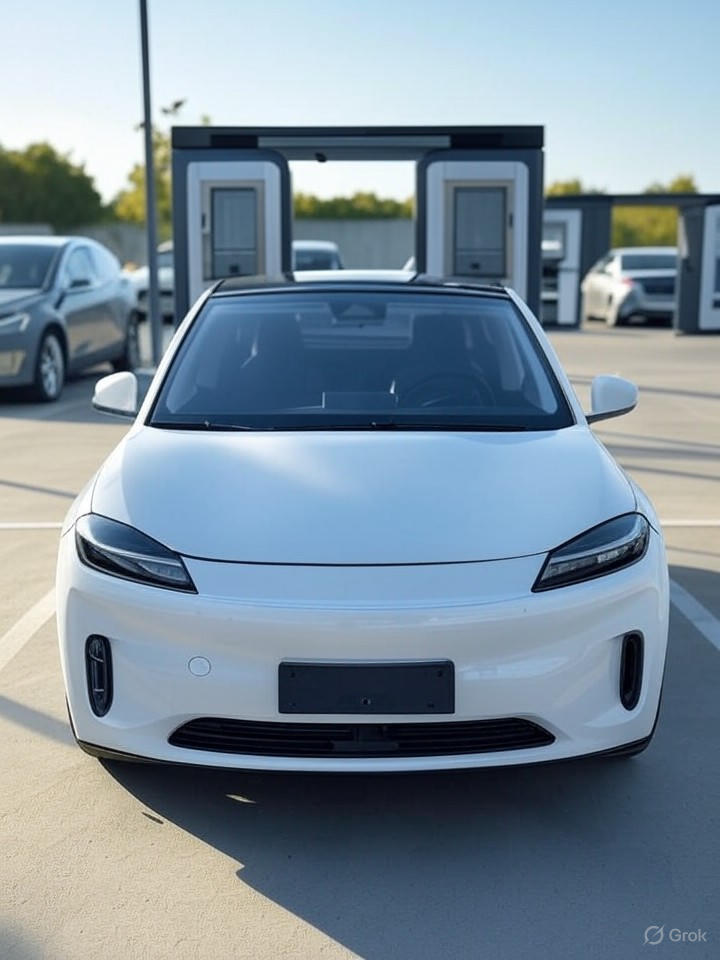China’s Bold Pivot to Battery Swapping
In the rapidly evolving world of electric vehicles, China is pioneering a paradigm shift away from traditional charging toward battery swapping, a technology that promises to eliminate range anxiety and accelerate EV adoption. Companies like Nio are at the forefront, betting big on this approach as a superior alternative to lengthy charging sessions. This strategy not only addresses consumer pain points but also reshapes the infrastructure for sustainable transportation.
Nio, a U.S.-listed Chinese EV startup, has expanded its network to over 3,000 swapping stations across China, allowing drivers to exchange depleted batteries for fully charged ones in under three minutes. This efficiency contrasts sharply with the 30 minutes or more required for fast charging, making it particularly appealing for urban dwellers and long-haul travelers. As reported in a recent article from ZeroHedge, Nio’s model challenges the global orthodoxy of plug-in charging, positioning battery swapping as a viable, scalable solution.
The Technological Edge and Market Momentum
The mechanics of battery swapping involve automated stations where robotic arms swiftly remove and replace battery packs from beneath the vehicle. This innovation, honed by firms like Nio and supported by battery giant CATL, has seen significant advancements in 2025. CATL announced plans to expand its swapping infrastructure to 1,000 stations in 31 Chinese cities by year’s end, offering swaps in as little as 100 seconds, according to coverage from Fox News.
Beyond speed, swapping addresses battery ownership costs. Drivers can lease batteries separately, reducing upfront vehicle prices by thousands of dollars, a point highlighted in posts on X where users note how this model suits dense cities without private chargers. This financial incentive is driving EV sales in China, projected to surpass gasoline vehicles in 2025 with over 12 million units, as discussed in social media sentiments on X from industry observers.
Infrastructure Expansion and Global Implications
China’s government is fueling this growth, with plans for 100,000 swapping stations by 2027, transforming the nation’s energy grid. Battery swapping companies like Nio act as mobile energy storage providers, stabilizing the grid by charging batteries during off-peak hours and supplying power back when needed. A review in The International Journal of Advanced Manufacturing Technology details key innovations in mobile swapping robots, emphasizing their role in efficient energy replenishment.
Globally, this model draws interest but faces hurdles. While Nio’s success—reaching 80 million swaps by mid-2025, as shared by its CEO on X—proves viability in China, standardization remains a challenge elsewhere. Western automakers, wary of proprietary battery designs, have hesitated, though CATL’s European expansion plans, reported by CNBC, could bridge the gap.
Challenges Amid Innovation
Despite momentum, battery swapping isn’t without obstacles. High infrastructure costs and the need for uniform battery standards pose risks, as noted in analyses from Harvard Business Review, which examines Nio’s strategies to overcome past failures like those of Tesla and Better Place. In China, where EV penetration is soaring, these issues are mitigated by state support and dense urban populations.
Additionally, recent breakthroughs in lithium battery technology, such as a delocalized electrolyte doubling energy density, complement swapping by extending range and endurance. This development, covered by The Independent, aligns with China’s 2025 targets, potentially making swapped batteries even more efficient.
Sustainability and Future Prospects
Environmentally, swapping promotes battery recycling and reuse, reducing waste compared to individual charging. CATL’s recycling initiatives, part of its global push, underscore this benefit, as detailed in The Australian Financial Review. For industry insiders, this signals a maturing ecosystem where swapping could integrate with renewables for a greener grid.
Looking ahead, as China connects 20 expressways with swapping networks, the technology’s advantages—speed, cost savings, and grid support—may inspire international adoption. Yet, success hinges on collaboration; without global standards, swapping risks remaining a Chinese phenomenon. As one X post aptly put it, this innovation is perfect for high-density environments, potentially redefining EV strategies worldwide if barriers are surmounted.




 WebProNews is an iEntry Publication
WebProNews is an iEntry Publication